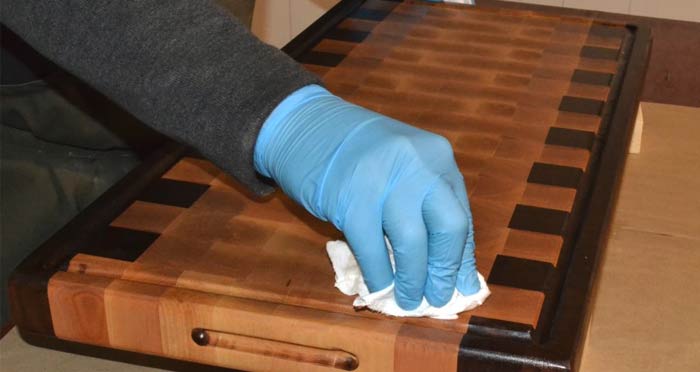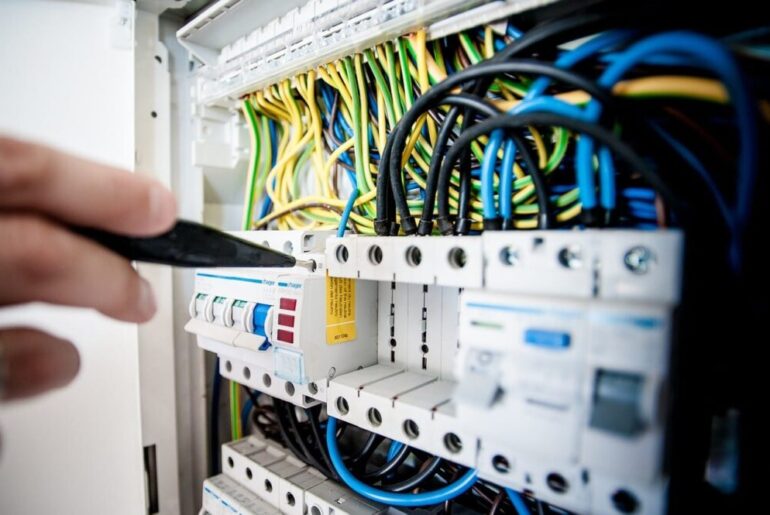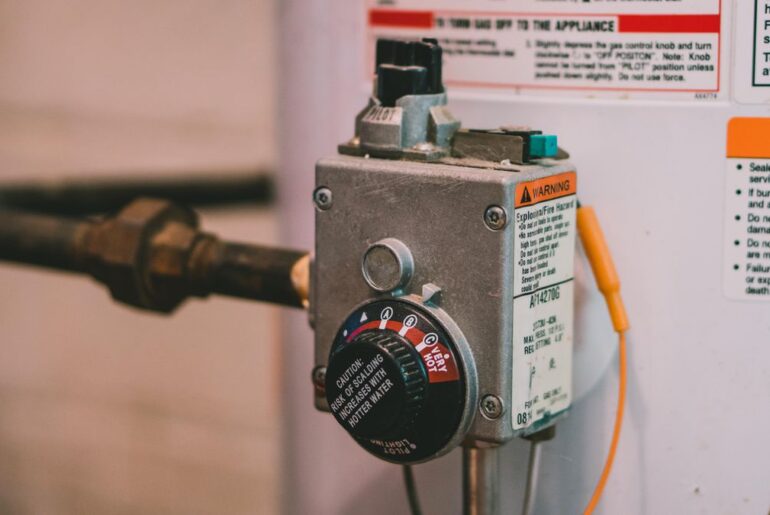Cleaning your cutting board is more important than you think because your health depends largely on what you eat.
So, running your cutting board under the tap water won’t suffice if you don’t want to compromise on your hygiene. We are here to help you upgrade the way you clean. Here, you will learn how to clean an end grain cutting board properly.
There is face grain, end grain, and edge grain; each of which has varying properties. Not only that, different knives support a different type of cutting board.
The end-grain cutting board is something versatile. Whether you have a high-end professional knife, chef’s knife, slicing knife, or carving knife, end grain cutting board deals with them all.
Durability, versatility, and convenience are what end grain cutting board is all about. One of the major features of this cutting board is that it provides a remarkable mark hiding facility. So, cut and chop as you like without the risk of any damage.
Cleaning Your End Grain Cutting Board
It is very important that you how the right way to treat your cutting board because that is the place from where the vegetables are directly put in the pan.
If you don’t want your fruits to smell like fish you cut with the filleting knife or your meat to have fruits pulps, then keep your cutting board clean. Following are the most effective ways to clean your end-grain cutting boards extensively.
Clean With Warm Water
This is something you must be doing frequently but not in the right way. Washing off your cutting board with water isn’t enough when you cut almost everything on it.
Keeping your cutting board dried will not let moisture build inside the wood. Keep it on the countertop where the air passes by more frequently.
Reconditioning
Another factor that you are most probably not aware of is the reconditioning of your end-grain cutting board. Recondition your cutting board with cutting board oil, bee wax, or any mineral oil every two to three months.
Getting Rid Of The Odors
You don’t want every dish to taste like fish that you cut months ago on the cutting board. Do you? To get rid of all the odors that your cutting board has been absorbing, use natural mitigation remedies.
Sanding
For perfection, you can also get rid of any knife marks. Although end-grain cutting boards are hard to get any knife marks but if yours have any, then we have a solution.
Sanding your cutting board will do the work. Use a palm sander or orbital sander and rub it thoroughly over the base. Your cutting board will be as good as new in no time.
Conclusion
End grain cutting board is considered the most durable and sturdy cutting board because it sustains the cuts of butcher’s knife as well as serrated knives.
However, cleaning it regularly is something you should never take lightly. By following the above-mentioned ways, you can make your cutting board last long.

Hi, I’m a clinical psychologist and inclined towards best buying practices for home and kitchen things. Critical towards choosing the best product and honest with my feedback. I’m a seasoned writer having more than 4 years of experience in multiple niches as well.
Please note: CharlieTrotters.com is reader supported. This page may contain affiliate links. If you buy a product or service through such a link we earn a commission at no additional cost to you.







